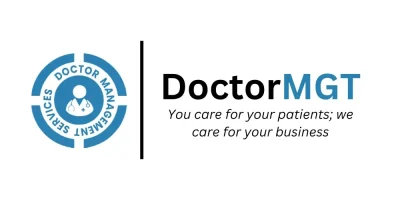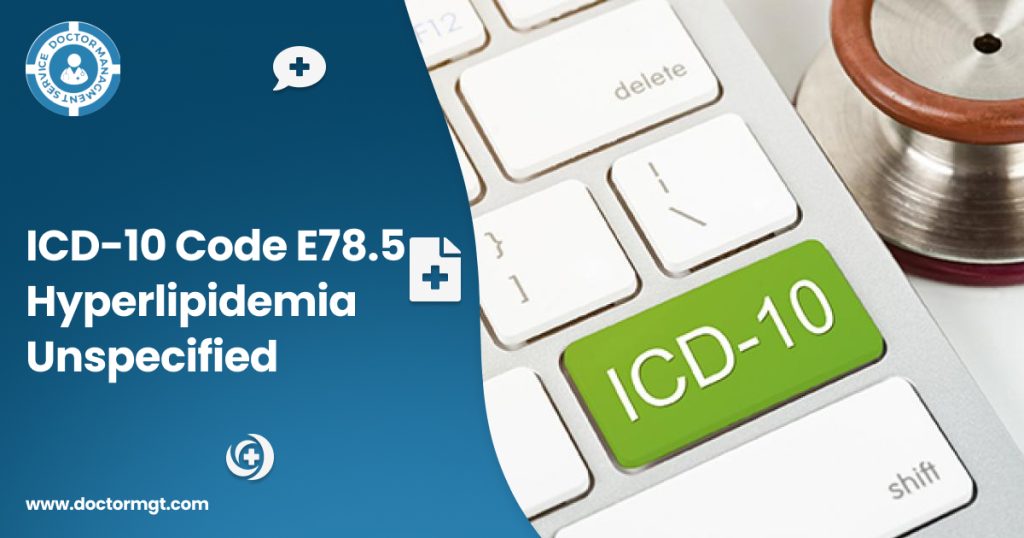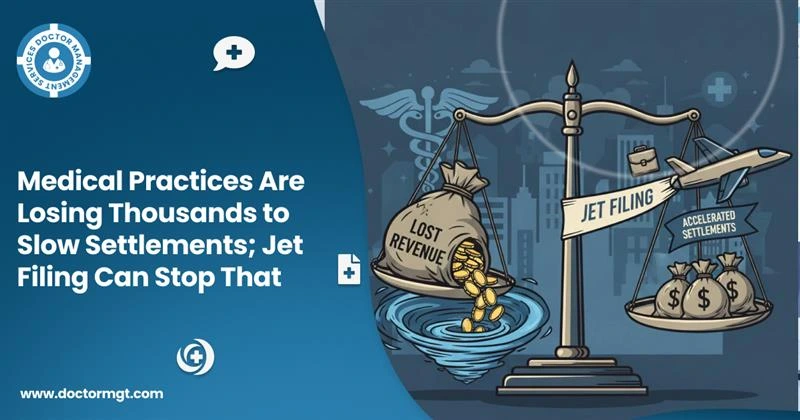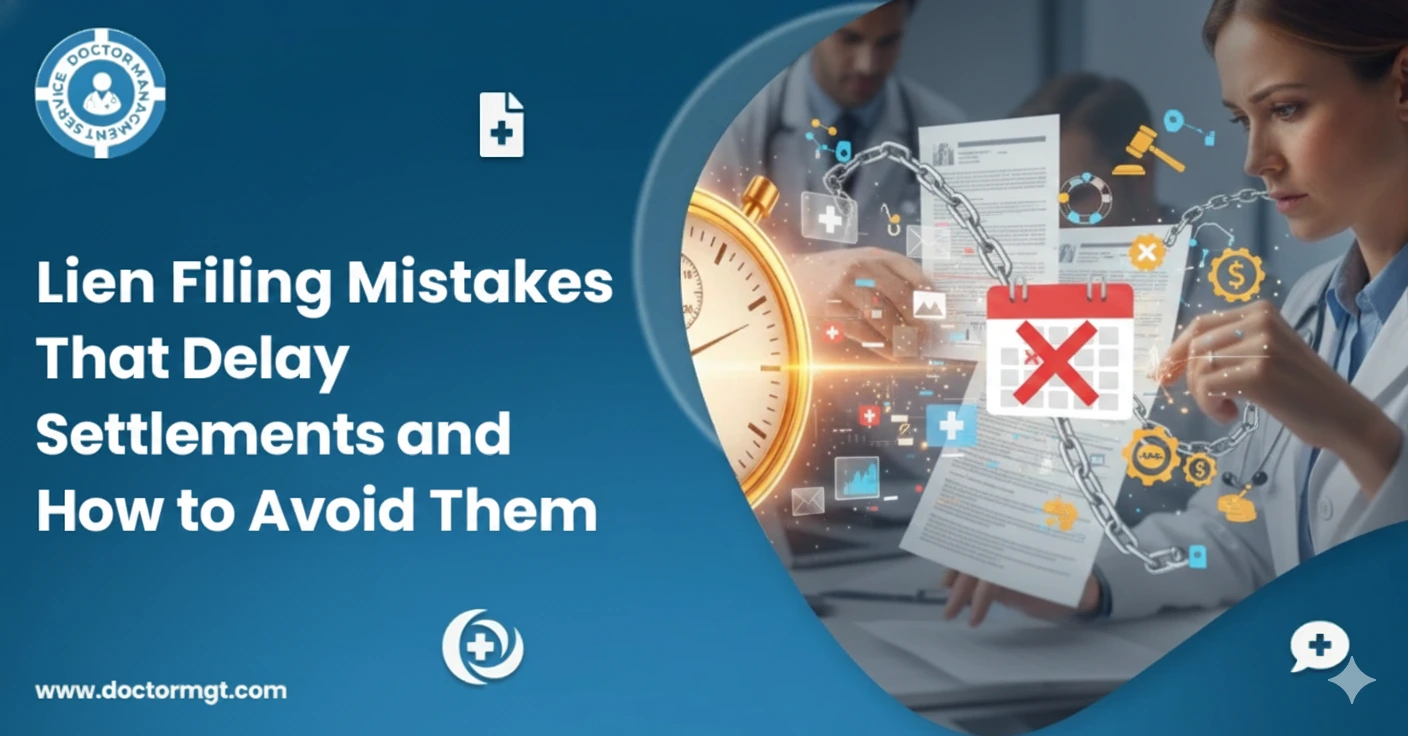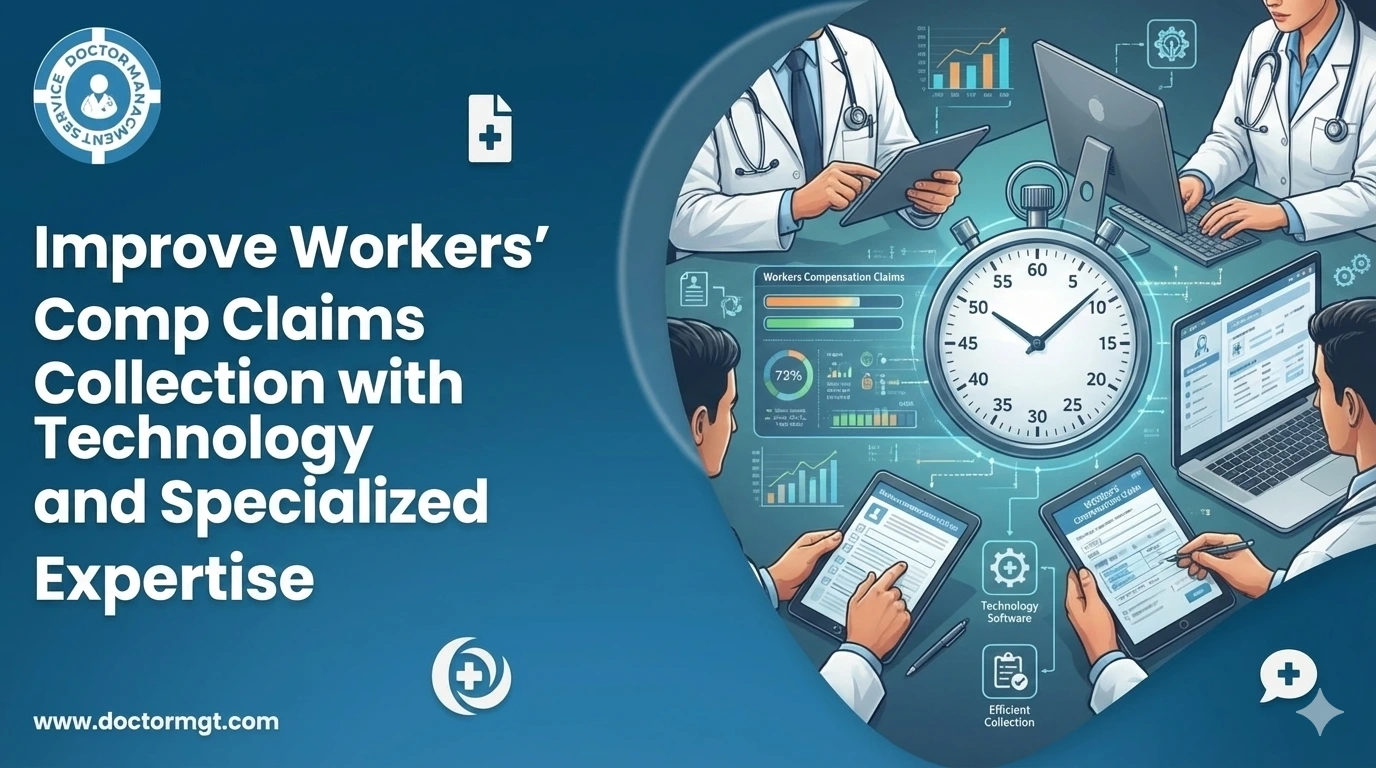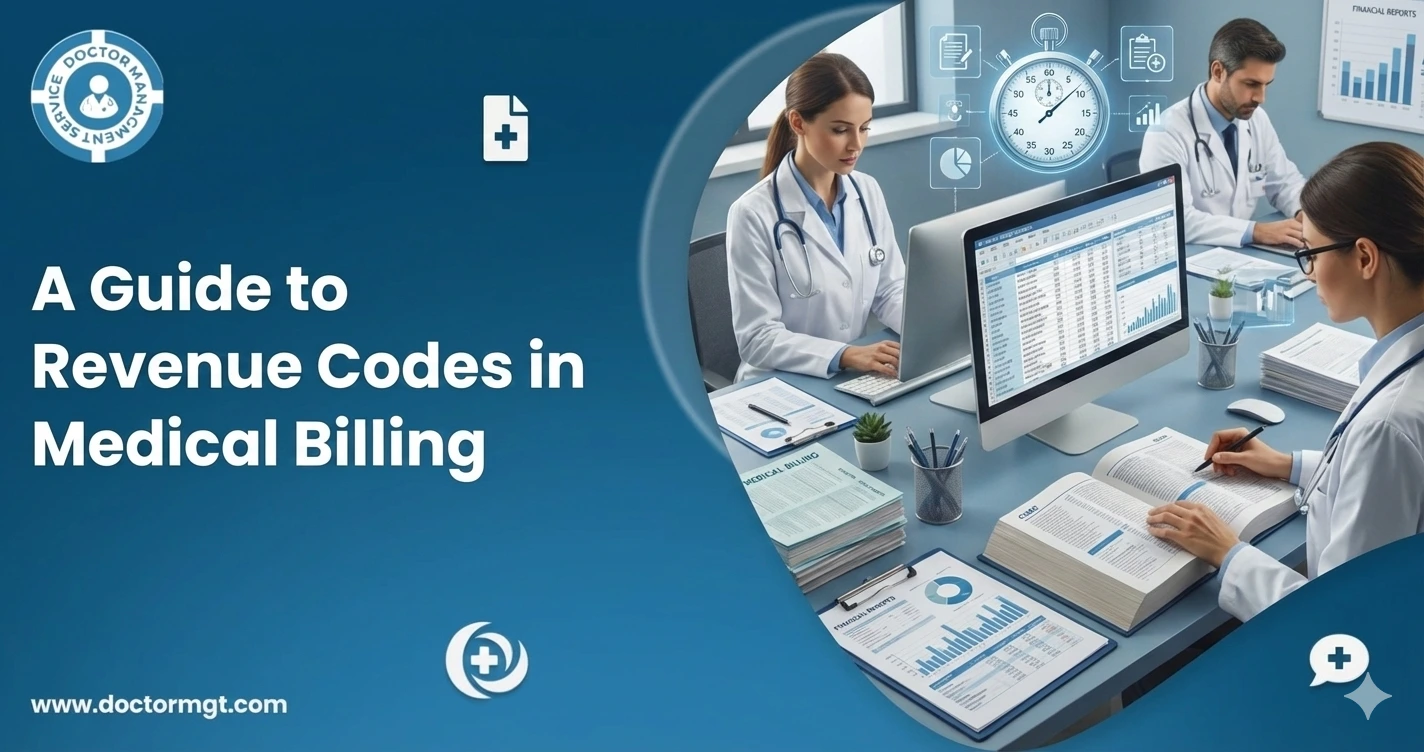Hyperlipidemia is a medical condition characterized by abnormally high levels of lipids in the blood (fats such as cholesterol and triglycerides). When this substance accumulates to high levels in the body, it increases the risk for heart disease and stroke and creates other health problems.
The ICD-10 code E78.5 stands for “Hyperlipidemia, Unspecified.” Which makes it a critical tool for properly classifying cases where the precise type is not reported.
This code performs the correct diagnosis, treatment plan, and billing. For example, when treating concomitant musculoskeletal conditions, providers may use E78.5 with procedures such as those billed under the PRP injection CPT code.
In this blog, we will discuss the importance of E78.5, what it is, and how it fits into good patient care and documentation.
What is Hyperlipidemia?
High lipid content in blood earns medical classification under the term hyperlipidemia. The body utilizes cholesterol and triglycerides as lipids for multiple biological purposes. Elevated lipid levels above normal ranges create possible health risks to the individual.
This is a condition in which blood lipid levels are abnormally high. These lipids include:
- Low-Density Lipoprotein (LDL): Elevated blood LDL is known as “bad cholesterol” that leads to plaque formation in the arteries.
- High-Density Lipoprotein (HDL): It is known as “good cholesterol” because it takes LDL cholesterol from the blood circulation.
- Triglycerides: High blood levels of triglycerides increase the risk of cardiovascular disease, as these are types of fat.
Hyperlipidemia is spotted using the diagnosis code E78.5. ICD-10, as a type of medical language. It enables healthcare professionals to communicate specific diagnoses without any ambiguity.
This condition often presents without symptoms. Thus, regular screening and accurate documentation are crucial for early detection.
Common Types of Hyperlipidemia
There are several commonly observed forms of hyperlipidemia, with unique characteristics and health risks.
Here are some of the most common types:

Pure Hypercholesterolemia ICD-10: E78.0
The condition reflects high levels of LDL cholesterol in the blood. This state of the body often predisposes the person to atherosclerosis and cardiovascular disease. Therapy and lifestyle changes can lower elevated levels, on the other hand. These adjustments will mitigate the effects of the high levels.
Pure Hyperglyceridemia ICD-10: E78.1
An increased triglyceride content in the blood. Factors such as your diet, genetics, and lifestyle significantly influence this condition. Such factors may increase your risk of cardiovascular diseases. To control this condition, it usually requires dietary changes, exercises, and occasionally medications.
Mixed Hyperlipidemia ICD-10: E78.2
In this condition, there are high amounts of LDL cholesterol, as well as triglycerides. It is a serious threat to the heart. So, this condition needs immediate attention with lifestyle changes and medications.
Hyperchylomicronemia ICD-10: E78.3
This rare disorder is associated with elevated chylomicrons. These elevated chylomicrons cause symptoms such as abdominal pain and eruptive xanthomas. It is commonly hereditary and needs specialized treatments.
Hyperlipidemia, Unspecified ICD-10: E78.5
Append this code when the specific type of hyperlipidemia is not mentioned. It indicates increased lipid levels in the blood without identifying the specific lipoprotein or lipid.
Hyperlipidemia and Related Disorders
Hyperlipidemia is rarely an isolated finding. It often coexists with other chronic health conditions, making a very complex clinical picture. Therefore, its treatment should involve a holistic approach. Knowing these comorbidities is essential for healthcare providers to offer effective, holistic care.
Next, we explain the common conditions associated with hyperlipidemia and how they influence treatment plans. This means adding hyperlipidemia ICD-10 and other procedural codes, such as the PRP injection CPT code.
- Diabetes: High serum glucose levels disturb lipid metabolism, which increases LDL and reduces HDL cholesterol. Use E11 and E78.9 for Type II Diabetes along with E78.5 for hyperlipidemia.
- Hypertension: Both high blood pressure and hyperlipidemia compound cardiovascular disease risks. I10 denotes hypertension, whereas E78.5 is suggestive for hyperlipidemia.
- Obesity: Overload weight drives hyperlipidemia and insulin resistance. Use E66.9 for obesity with E78.5.
- Metabolic Syndrome: This cluster of conditions greatly increases the risk of cardiovascular disease. These include abdominal obesity, high blood pressure, high blood sugar, and hyperlipidemia. Code with E88.81 for metabolic syndrome and E78.5 for hyperlipidemia.
Simply managing these comorbidities needs correct coding, a personalized management plan, and patient education. This helps providers achieve a better outcome while minimizing complications.
ICD-10 Code E78.5 | An Overview
The ICD-10 code E78.5 is for “Hyperlipidemia, Unspecified.” This code is used when the patient has high lipids, but the specific type of lipid (i.e., high cholesterol, high triglycerides, or both) is not known. It is classified under the broader umbrella category of “Disorders of lipoprotein metabolism and other lipidemias” in the ICD-10 coding system.
When to Use E78.5
- When lab results reflecting high lipid levels but not the type.
- If there is a history of hyperlipidemia, but the results of repeat testing are still pending.
- For billing and insurance purposes, when the exact subtype is omitted.
Managing Hyperlipidemia in Modern Healthcare
Technology is also playing a crucial role in the management of chronic conditions such as hyperlipidemia. Here are several ways that contemporary tools and practices are improving care:
Virtual Appointment
As you likely know already, telehealth has completely transformed the way we provide patient care, as people can now access healthcare services right in the comfort of their home! A virtual doctor appointment empowers providers to:
- Track patients’ lipid levels via remote lab results.
- Change medication or treatment plans without needing an in-person visit.
- Educate on lifestyle changes, including diet and exercise, to manage hyperlipidemia.
Online Medical Services
The best online doctor services are now available on multiple platforms that allow patients to connect with health service providers more efficiently. These services often include:
- Secure messaging for follow-up questions.
- Direct electronic prescriptions to pharmacies.
- It can also integrate with wearables to note health factors like weight and activity levels.
Electronic Health Records (EHR)
With EHR systems, documentation and coding become streamlined, resulting in fewer errors. Providers have direct access to the patient’s medical history, lab results, and treatment plans, ensuring continuity of care.
Key Takeaways
The ICD-10 code E78.5 functions as an essential diagnostic tool for healthcare professionals caring for patients with unspecified hyperlipidemia. The correct implementation of this coding system allows providers to create exact diagnoses. It also assists them while treating patients and ensures correct medical payments.
Traditional healthcare methods should integrate with virtual appointments and telehealth services to improve patient treatment results. Understanding and proper application of E78.5 enable healthcare providers to improve their patient service quality while handling contemporary healthcare system complexities.
Hyperlipidemia is a treatable disease. Proper tools and resources, along with medical coding methods, allow healthcare providers to improve patient health.
